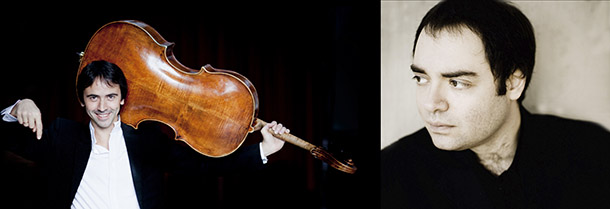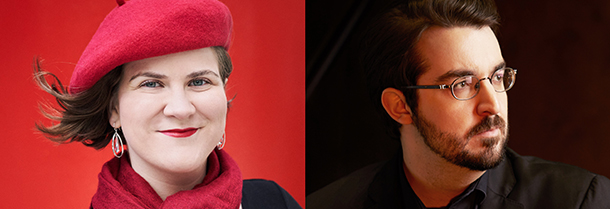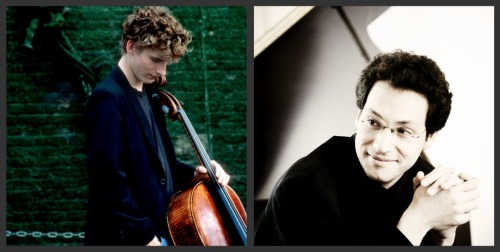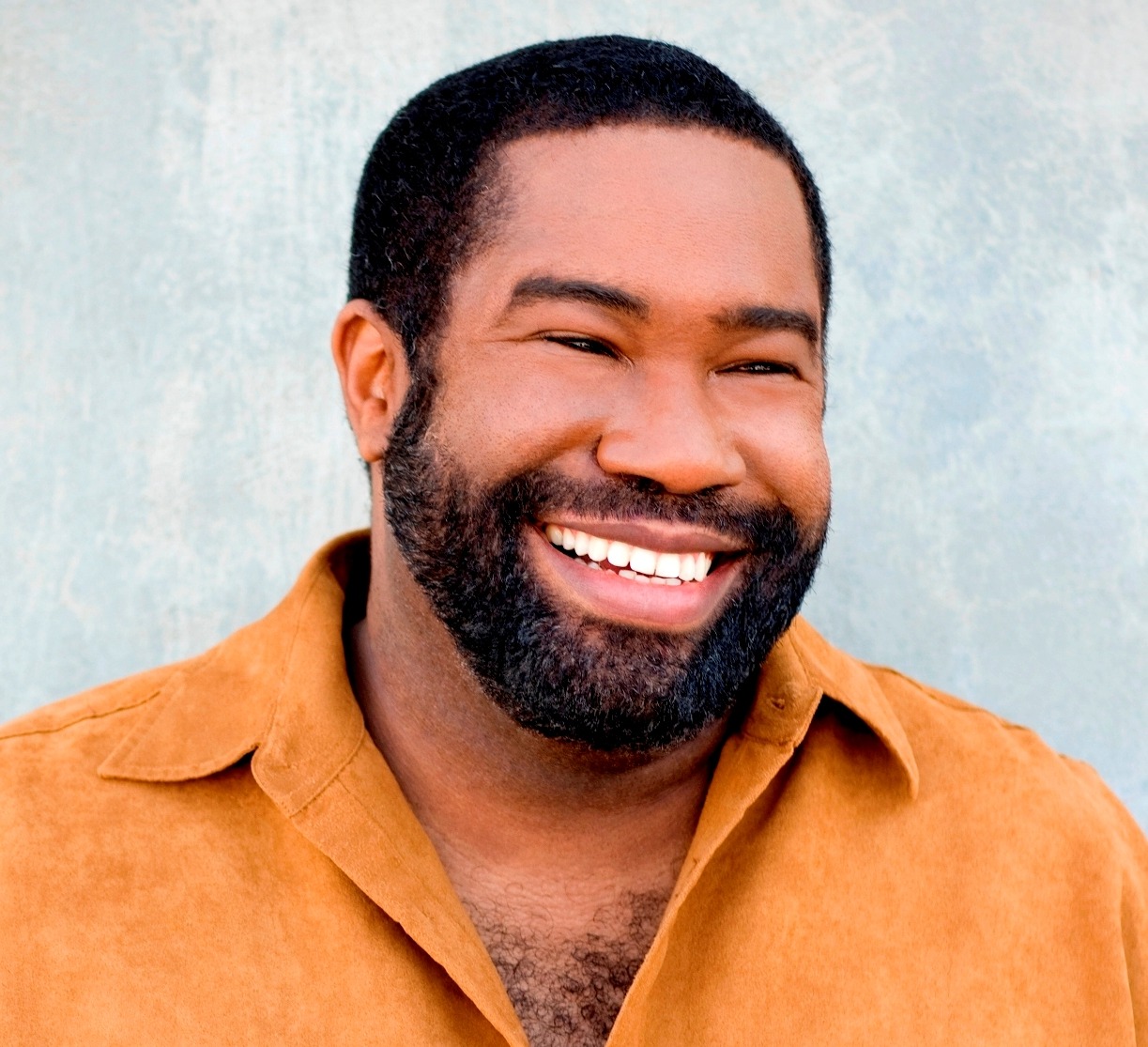Tag: Debussy
-

-

-

-

PROGRAM NOTES: ANDREAS BRANTELID & SHAI WOSNER
Claude Debussy: Sonata for Cello and Piano Few works of Claude Debussy (1862-1918) bear generic titles like symphony, quartet, concerto or sonata. Most have descriptive or evocative titles like Printemps, Jeux, Claire de lune, La mer, Nocturnes or Ibéria. Since chamber music tends, more than any other, to rely on the traditional forms of classical…


